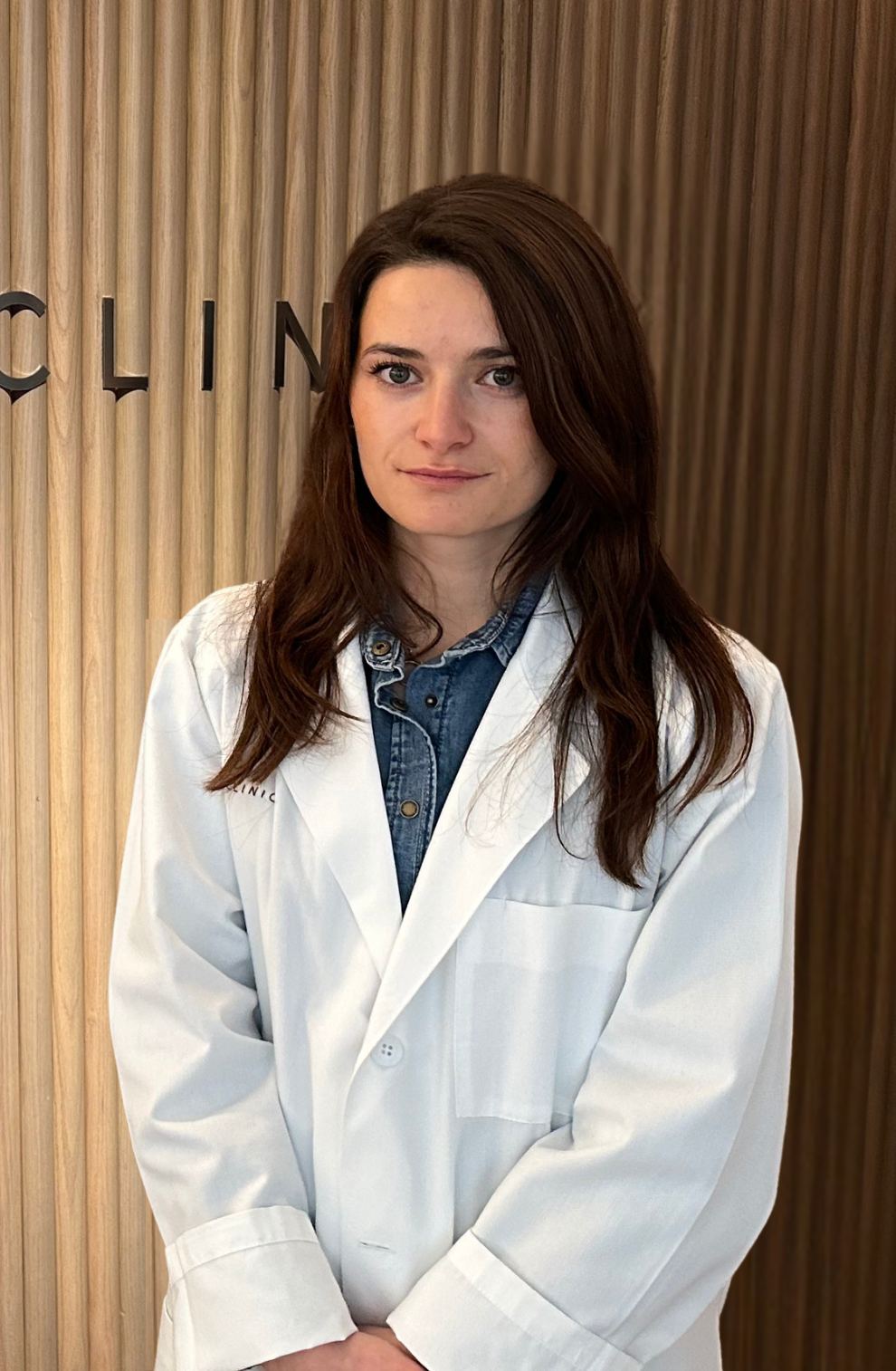Treatment Prostatitis
Treatment for prostatitis depends on the type diagnosed and its symptoms.
The treatment of chronic prostatitis should be individualized and supervised by a specialist.
- Super-specialized urologists
- Personalized treatment
- Minimally invasive approach
- More than 16,000 patients successfully treated
Treatments and Technology
They ask us in the Consultation
Where does it hurt when there are prostate problems?
When prostate problems are present, pain may manifest in various areas of the body depending on the specific condition and its severity. The most common causes of pain are prostatitis and advanced prostate cancer. The following are the areas where pain may occur: - In the perineum (area between the anus and the genitals): when there is prostatitis. - Lower abdomen, especially if there is urinary obstruction due to an enlarged prostate. - Lower back: in advanced prostate cancer, pain may radiate to the lower back due to bone metastases. It may also appear in chronic prostatitis due to persistent inflammation. - Groin and inner thighs: some prostate conditions may cause pain radiating to the groin or inner thighs due to pressure on nearby nerves. - Testicles and penis: some forms of prostatitis may cause pain in the testicles or base of the penis, as inflammation can affect nearby nerves and tissues. - Anus or rectum: The prostate is very close to the rectum, so inflammation may cause rectal pain or a feeling of pressure. It may be felt more when sitting for long periods of time.
How do shock waves work in the treatment of prostatitis?
Shock waves help regenerate blood vessels in the perineal muscles, which reduces prostate inflammation and muscle contractures and increases blood flow to the prostate gland.
Is acupuncture effective in treating prostatitis?
Acupuncture improves the symptoms of prostatitis and can be considered an effective and safe therapeutic alternative.
Team of the Prostatitis Unit
Newsof ROC Clinic in Prostatitis
Research
Registry of patients with chronic prostatitis CP/CPPS undergoing treatment with 448 khz radiofrequency therapy.
Technology
The Aries® 2, from Dornier MedTech, combines design with effective EMSE electromagnetic shock wave generation technology.


 +34 912 627 104
+34 912 627 104 Contact
Contact








